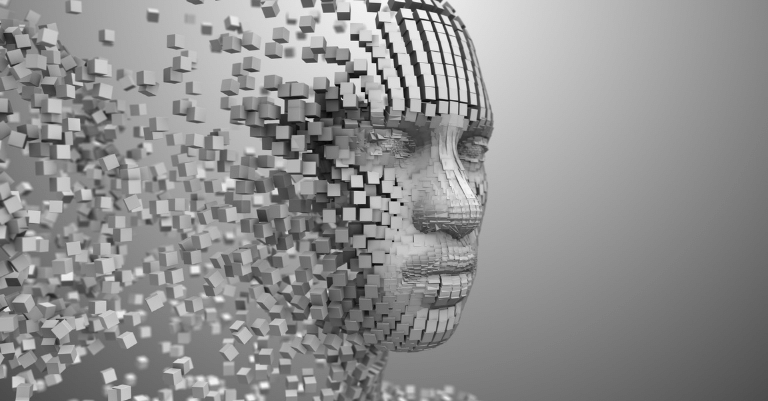Artificial intelligence (AI) never ceases to challenge our certainties in the field of patent law, even if it means taking us out of the summer torpor. The latest feat in this field comes from Dr. Stephen Thaler(1), who has been trying to have AI recognised as an inventor for several years.
Dr. Thaler is the proud applicant of a PCT application(2) for both a food container and a device to attract attention, inventions that he claims were made by the AI DABUS (Device for the Autonomous Bootstrapping of Unified Sentience). DABUS would thus be able to appreciate its creations through its own learning rules, allowing it to make affective responses close to those of a human being.
Dr. Thaler's PCT application has been widely extended, including to the European Patent Office, the United Kingdom, Germany, Australia and South Africa, with different conclusions regarding the assessment of inventorship.
Thus, in Europe, the approach developed to answer this question is a traditional one(3). The inventor is a human being: he is the person whose creativity has given rise to an invention. Moreover, this inventor must have legal personality in order to exercise his rights to the invention. Today, however, AI has no rights. It is just considered as a machine. It follows that a patent application with an AI listed as an inventor is rejected and its production does not benefit from the protection offered by patent law. This approach is also shared by the USPTO(4). The only way to obtain patent protection would remain to name a natural person instead of the machine, such as the researcher or group of researchers who operated the AI to make the invention. This, for the proponents of an inventor AI, would not correspond to the reality of the innovative process.
This rigorous approach has been somewhat challenged recently by decisions in South Africa and Australia(5). The latter decision notably recognised the possibility for an AI to be indicated as an inventor in a PCT application designating Australia. The underlying question here is whether it is appropriate to recognise the creative capacity of a machine previously created by humans.
(1) https://imagination-engines.com/founder.html
(2) WO2020/079499
(3) https://www.epo.org/news-events/in-focus/ict/artificial-intelligence_fr.html
(4) https://www.uspto.gov/sites/default/files/documents/16524350_22apr2020.pdf?utm_campaign=subscriptioncenter&utm_content=&utm_medium=email&utm_name=&utm_source=govdelivery&utm_term=
(5) https://www.judgments.fedcourt.gov.au/judgments/Judgments/fca/single/2021/2021fca0879



